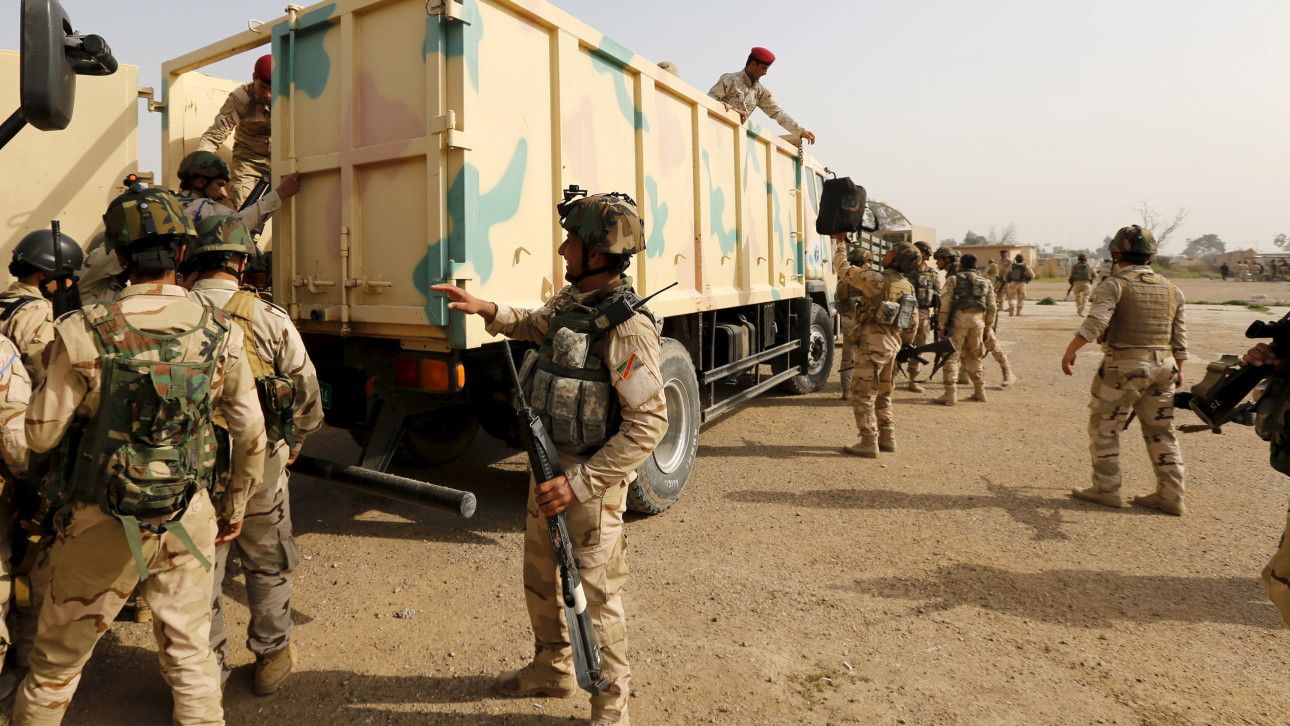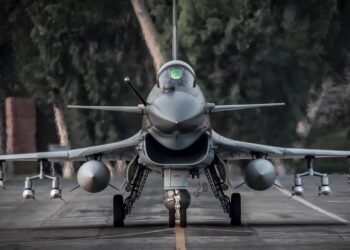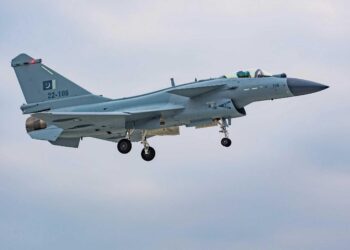The Mosul offensive is a critical test for the Pentagon’s strategy against the Islamic State group, which relies on local forces and keeping as many Americans as possible away from combat.
After IS overran large parts of Iraq and Syria in early 2014, the United States formed a coalition that launched an air campaign to strike the Sunni extremists and to train local, partnered forces to do the fighting.
Here are the basic elements of that coalition:
Coalition numbers
The anti-IS coalition is made up of 65 nations, about a dozen of which have conducted air strikes in Iraq or Syria. The rest provide auxiliary or logistical support, though US Secretary of Defense Ashton Carter has faulted some members for not pulling their weight.
In Iraq, the coalition comprises approximately 8,500 troops. Most of them — about 4,900 — are American, but other nations including Italy, Britain and France are helping train local Iraqi forces.
Train and equip
The focus of coalition efforts on the ground has been to train, arm and motivate local forces to fight IS.
The Iraqi army largely collapsed in the face of the IS push in 2014, dumping weapons and equipment — much of it provided by the United States.
US and coalition forces have provided basic combat training to more than 45,000 Iraqi forces at a cost of about $1.6 billion, the Pentagon says.
Training has evolved by incorporating lessons learned from prior offensives against IS, including in Fallujah and Ramadi.
Instruction has shifted from counter-insurgency toward more of a “combined arms maneuver approach,” training director Brigadier General Dave Anderson, a Canadian member of the coalition, said this month.
We are “teaching the Iraqis how to integrate infantry, armor, artillery, engineers, aviation and other combat multipliers to achieve an overwhelming advantage on the battlefield,” he said.
Air campaign
As of October 11, the coalition had conducted 10,129 air strikes in Iraq, and another 5,505 in Syria.
Virtually all munitions are guided bombs aimed at striking IS fighting positions, missile launchers and other targets.
The unchallenged air supremacy also has afforded continual surveillance of the jihadists’ movements.
For months, the coalition has conducted “shaping operations” around Mosul. On Sunday, coalition planes attacked IS telecommunications towers, tunnels and several other targets.
Pentagon officials have also said they are using cyber experts to tackle IS, which initially ran a sophisticated social media operation.
Special-operations troops
Though the Pentagon stresses it is keeping US forces from the front lines, elite commandos from the US military’s Joint Special Operations Command have been deployed near Irbil since the start of the year.
These troops know the terrain well, as some fought in or around Mosul during the Iraq war, and they are trained to extract maximum intelligence from the sites they raid.
Logistical support
The Pentagon last month said it would send about 600 extra troops to Iraq, with most heading to Qayyarah, a strategically vital air base 40 miles (65 kilometers) south of Mosul that will help funnel supplies and troops toward the city.
They are also helping at the joint Iraqi-US Al Asad air base to beef up flight capabilities for night operations and operations in low visibility, such as poor weather.
A difficult fight
Despite coalition efforts, it will fall to the Iraqis to do the actual fighting in Mosul, and many expect a tough and bloody battle against a determined enemy dug into its last Iraqi stronghold.
Iraqi forces need to clear bombs and booby traps from countless buildings, face IS snipers and fight an enemy capable of launching sneak attacks from a network of tunnels.
The fight could last weeks or months. Iraqi forces are equipped with assault and sniper rifles, light and heavy machine guns, mine-clearing charges, armored personnel carriers, tanks, various types of artillery, attack helicopters and aircraft including Su-25 and F-16 jets.










